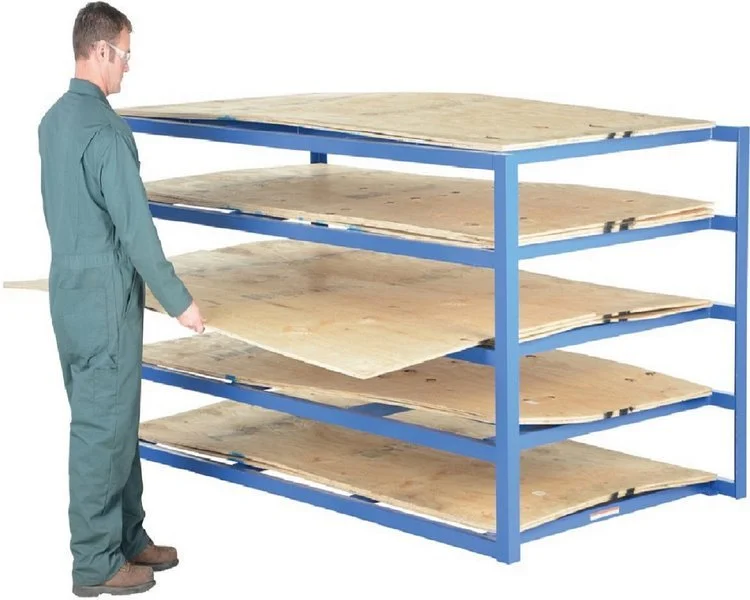Introduction
Compressed gases are vital components in various industrial operations, contributing to tasks such as welding, cutting, and powering machinery. However, the misuse or mishandling of compressed gases can lead to serious accidents, injuries, and even fatalities. Implementing a well-structured compressed gas safety plan is imperative to ensure the protection of workers and the prevention of industrial injuries. In this blog, we will delve into the importance of such a plan and explore practical steps to reduce industrial injuries associated with compressed gases.
Understanding Compressed Gas Hazards
Compressed gases are gases stored under pressure in cylinders, which makes them potentially hazardous if not handled correctly. These hazards include:
Physical Hazards: The high pressure of compressed gases can lead to cylinder ruptures, causing projectiles that can lead to severe injuries or fatalities.
Chemical Hazards: Some compressed gases are flammable, toxic, or reactive, presenting risks of fires, explosions, or chemical exposure if not managed properly.
Asphyxiation Risk: Inert gases, such as nitrogen or argon, can displace oxygen in confined spaces, leading to suffocation.
Creating a Compressed Gas Safety Plan
Inventory and Labeling: Maintain an accurate inventory of all compressed gases on-site. Clearly label cylinders with the gas name, hazard warnings, and usage instructions.
Proper Storage: Store cylinders in well-ventilated areas, away from heat sources, flammable materials, and direct sunlight. Use appropriate cylinder racks or stands to prevent tipping.
Training and Education: Provide thorough training to employees on the properties, risks, and safe handling procedures for each type of compressed gas they may encounter.
Personal Protective Equipment (PPE): Ensure that workers have access to the necessary PPE, such as safety glasses, gloves, and flame-resistant clothing, depending on the gases being used.
Secure Transportation: Transport cylinders in specially designed carts or vehicles, securing them in an upright position to prevent rolling or tipping.
Ventilation: Use adequate ventilation systems in areas where compressed gases are used, particularly in confined spaces.
Emergency Preparedness: Develop clear emergency protocols for gas leaks, fires, or other accidents. Conduct regular drills to ensure employees know how to respond effectively.
Regular Inspections: Perform routine inspections of cylinders, valves, and hoses to check for signs of damage or leaks. Replace damaged equipment promptly.
Safe Handling: Train workers in the correct methods for connecting, disconnecting, and using compressed gas cylinders and equipment.
Benefits of a Compressed Gas Safety Plan
Injury Prevention: The primary advantage of a compressed gas safety plan is the reduction of injuries caused by cylinder mishandling, gas leaks, and accidents, leading to a safer work environment.
Legal Compliance: A comprehensive safety plan ensures compliance with regulations set by Occupational Safety and Health Administration (OSHA) and other relevant authorities.
Equipment Longevity: Proper handling and storage of compressed gases prolong the life of equipment and cylinders, reducing the need for frequent replacements.
Enhanced Efficiency: When workers are well-trained and have access to safe equipment, they can carry out tasks more efficiently and confidently.
Positive Company Culture: Prioritizing safety through a robust safety plan demonstrates a commitment to employee well-being, fostering a culture of responsibility and trust.
Conclusion
Compressed gases are essential tools in various industries, but their potential hazards must not be underestimated. A compressed gas safety plan is not just a requirement; it's a critical component of ensuring the well-being of workers and preventing accidents. By developing and implementing a comprehensive plan that covers training, handling, storage, and emergency response, companies can significantly reduce the risk of industrial injuries associated with compressed gases. Remember, investing in safety today safeguards not only your workers but also the longevity and success of your business.































